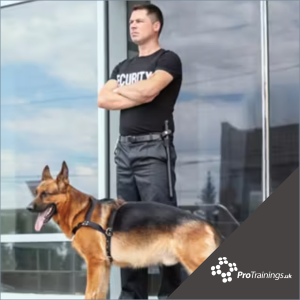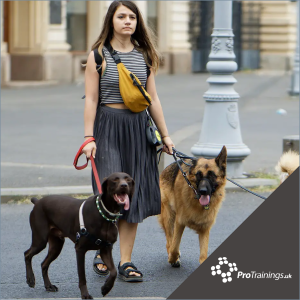The International Collaborative on Extreme Conformations in Dogs (ICECDogs) has issued new guidance aimed at advertisers and social media users worldwide, calling for the cessation of using images of dogs with extreme body shapes.
This guidance, developed with input from the Royal Veterinary College (RVC), highlights the welfare issues associated with promoting dogs that have been bred for exaggerated physical features.
Addressing the Welfare Crisis
ICECDogs, a multinational group focused on tackling global welfare concerns related to extreme conformations in dogs, defines these extreme body shapes as physical appearances that have been so heavily altered through selective breeding that they often lead to poor health and diminished quality of life for the affected animals. Breeds commonly impacted by these health issues include the French Bulldog, Pug, English Bulldog, and Dachshund.
The guidance from ICECDogs urges advertisers and social media users to stop featuring images of dogs with these extreme body shapes in public communications, unless the images serve to promote canine health and wellbeing. Instead, it recommends using images of dogs with healthy conformations that support their ability to live full, unrestricted lives.
The Health Risks of Extreme Conformations
Dogs with extreme conformations frequently suffer from chronic pain and physical limitations. For example, dogs with protruding eyes, such as Pugs, are prone to eye ulcers, while flat-faced breeds like French Bulldogs often experience severe breathing difficulties, limiting their ability to sleep or exercise properly.
Despite these significant health risks, the popularity of dogs with extreme body shapes has surged in the past decade. Research from the RVC VetCompass project estimated that by 2023, there were over half a million French Bulldogs, a quarter of a million Miniature Dachshunds, 180,000 Pugs, and 130,000 English Bulldogs owned in the UK. The widespread use of these breeds in advertising and social media is believed to have played a significant role in normalising these harmful body shapes, driving public demand.
Promoting Healthy Conformations in Dogs
The new ICECDogs guidance aims to shift this trend by informing advertisers and the public about the welfare implications of using images of dogs with extreme conformations. It encourages a focus on sharing images of dogs with healthy body shapes that do not compromise their health or wellbeing.
Advertisers are advised to err on the side of caution and avoid using any images where there is uncertainty about whether a dog’s body shape may be considered extreme. The guidance also encourages members of the public to report advertisements that contravene these recommendations to their national advertising standards agency and to directly contact the advertisers involved.
Ending the Normalisation of Harmful Dog Breeding
Dr Dan O’Neill, Chair of the UK Brachycephalic Working Group, Associate Professor for Companion Animal Epidemiology at the RVC, and a co-founding member of ICECDogs, emphasised the importance of this initiative. He stated, “Millions of dogs continue to suffer worldwide every year from extreme and unnecessary body shapes. This new ICECDogs message calls on advertisers to play their part in ending the normalisation of suffering from extreme body shapes and will hopefully contribute to the ongoing worldwide movement to instead celebrate healthy body shapes in dogs.”
The guidance represents a significant step in the global effort to protect the welfare of dogs by promoting healthier breeding practices and discouraging the use of harmful images in advertising.







